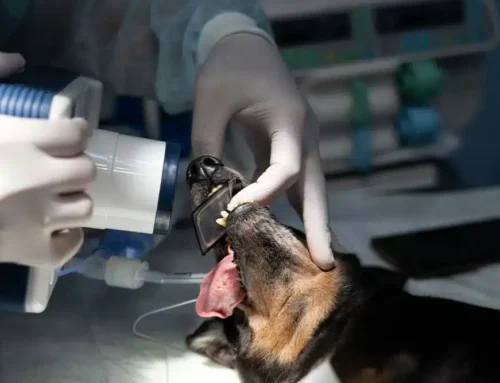Caring for a cat or dog can bring immeasurable joy, laughter, and love into your life. However, you must be prepared for the significant financial commitment along with the love and cuddles. Pet ownership costs, from food and veterinary care to grooming and unexpected emergencies, can add up quickly. To help you plan, our Peak Pet Urgent Care team breaks down expenses associated with having a furry friend and shows you how to budget effectively for them.
Initial pet adoption or purchase fees
Consider several upfront expenses before your new furry pal reaches your home. Adoption fees or purchase prices can range from a few hundred dollars to several thousand dollars for pedigreed or AKC registered pets. In the case of rescues and shelters, adoption fees help offset the cost of the care proved to your adopted pet, including:
- Spaying or neutering
- Physical exams
- Vaccinations
- Deworming
- Parasite testing and prevention
- Microchipping
Private purchases from a dog or cat breeder often do not include the veterinary services provided by shelters, so factor in these necessities if you choose to buy rather than adopt.
Recurring expenses for pets
Once your pet is settled in, you’ll face recurring expenses for their optimal care. They include:
- Veterinary care — Veterinary examinations, vaccinations, and preventive medications (such as flea and tick treatments) are crucial for keeping your pet healthy. However, the costs will vary widely depending on your pet’s health status. For example, if they have been diagnosed with underlying medical conditions, they will need more frequent exams, sometimes medications, and other types of treatment. Additionally, unexpected illnesses or injuries can lead to unplanned veterinary expenses. Consider setting aside funds for preventive care and establishing a pet savings account for emergency costs.
- Food — Quality nutrition is the foundation of your furry friend’s health, energy, and vitality. The cost of food varies depending on your pet’s size, dietary needs, and the brand you choose. Be prepared to allocate a portion of your budget for pet food purchases, and consider buying in bulk. Food prices range between $30 and $40 per month for small pets and $70 and $200 for large-breed dogs.
- Grooming — Our four-legged friends require regular grooming to maintain their coat, nails, and overall hygiene. This includes services such as baths, haircuts, nail trims, and dental care. Grooming expenses can vary but typically are between $10 and $60 per month, depending on the breed and size of your pet and your willingness and ability to perform grooming tasks yourself.
- Supplies — Beyond food and grooming, you must budget for various supplies for your furry pal. The cost of supplies decreases after you have acquired most of your new pet’s needs, such as:
- Bed
- Leash
- Collar with identification tags
- Litter boxes and litter
- Dog waste bags
- Treats
- Crate or carrier
- Grooming tools, such as brushes and nail trimmers
- Toys
- Food and water bowls
While the sky’s the limit on how much you can spend on pet supplies, average monthly costs range between $15 and $50.
- Pet insurance — Consider purchasing pet insurance to help offset the costs of unexpected medical expenses. Pet insurance policies generally cover accidents, illnesses, and sometimes routine care, depending on your chosen plan. While premiums are based on factors such as your pet’s age, breed, and health history, having insurance can provide peace of mind and help mitigate the financial impact of veterinary bills.
Long-term pet expenses
As your pet ages, you may encounter additional expenses related to senior care. Older pets may require more frequent veterinary visits, specialized diets, medications for age-related conditions, and modifications to their living environment to accommodate mobility issues. These added expenses can also occur if your pet has a medical condition that must be managed throughout their life.
Pet care budgeting

To effectively manage the costs of pet ownership, consider the following budgeting tips:
- Plan — Before bringing a pet into your home, research the anticipated costs and factor them into your budget. Consider creating a dedicated pet fund or buying insurance to cover expenses.
- Comparison shop — Compare prices for pet food, supplies, and professional grooming to ensure you get the best value.
- Anticipate emergencies — Even if your pet is seemingly healthy, accidents and illnesses sometimes happen. Set aside funds for unexpected veterinary expenses. Having an emergency savings fund can help alleviate financial stress during challenging times.
- Invest in preventive care — An ounce of prevention is worth a pound of cure, and this adage is true for your furry companion as well. Keep up with annual wellness visits and preventive measures to minimize the risk of costly health problems down the road.
While the love and companionship of a pet are priceless, responsible pet ownership requires careful financial planning. By knowing the various expenses associated with pet ownership and budgeting accordingly, you can give your four-legged friend the care and attention they deserve while maintaining your financial stability. Contact our Peak Pet Urgent Care if you have questions about caring for your adorable new pet.







Leave A Comment